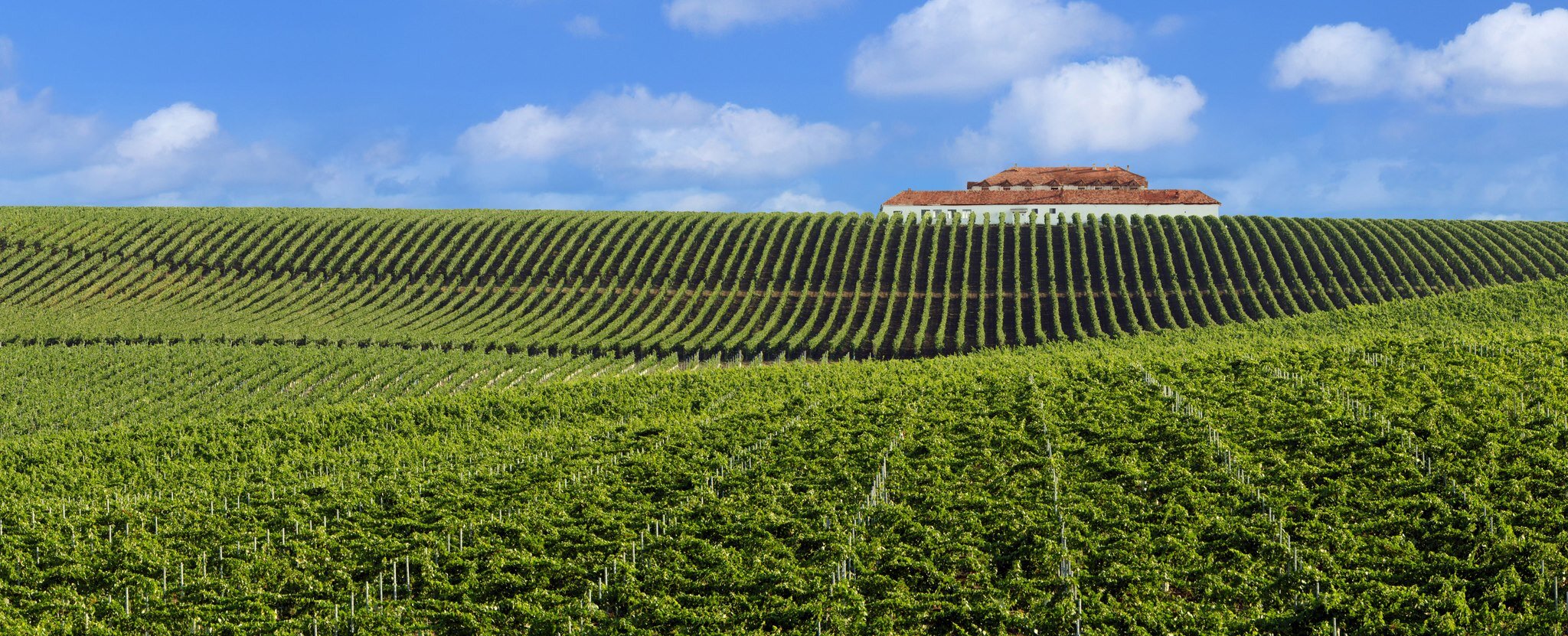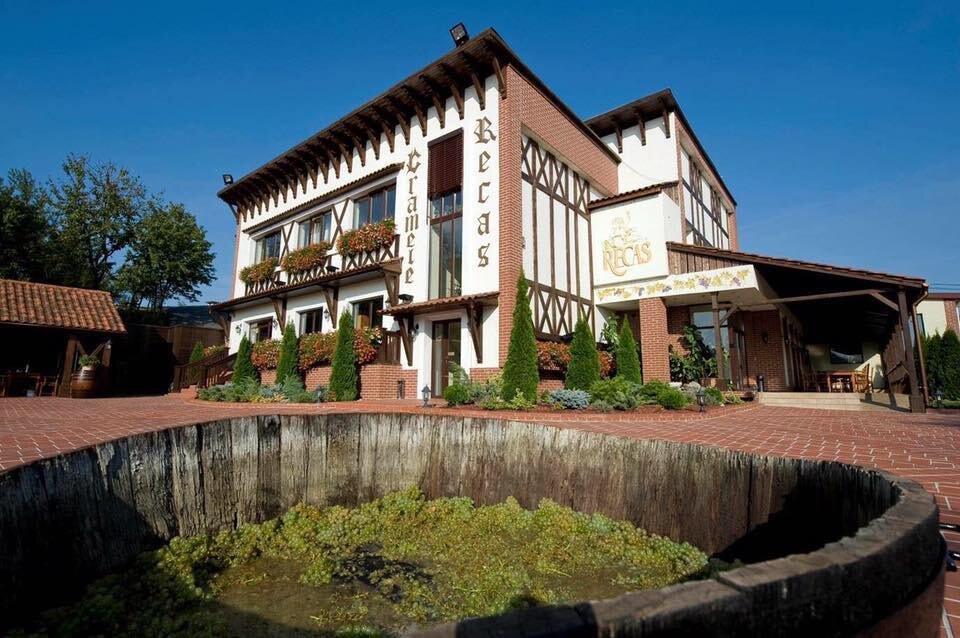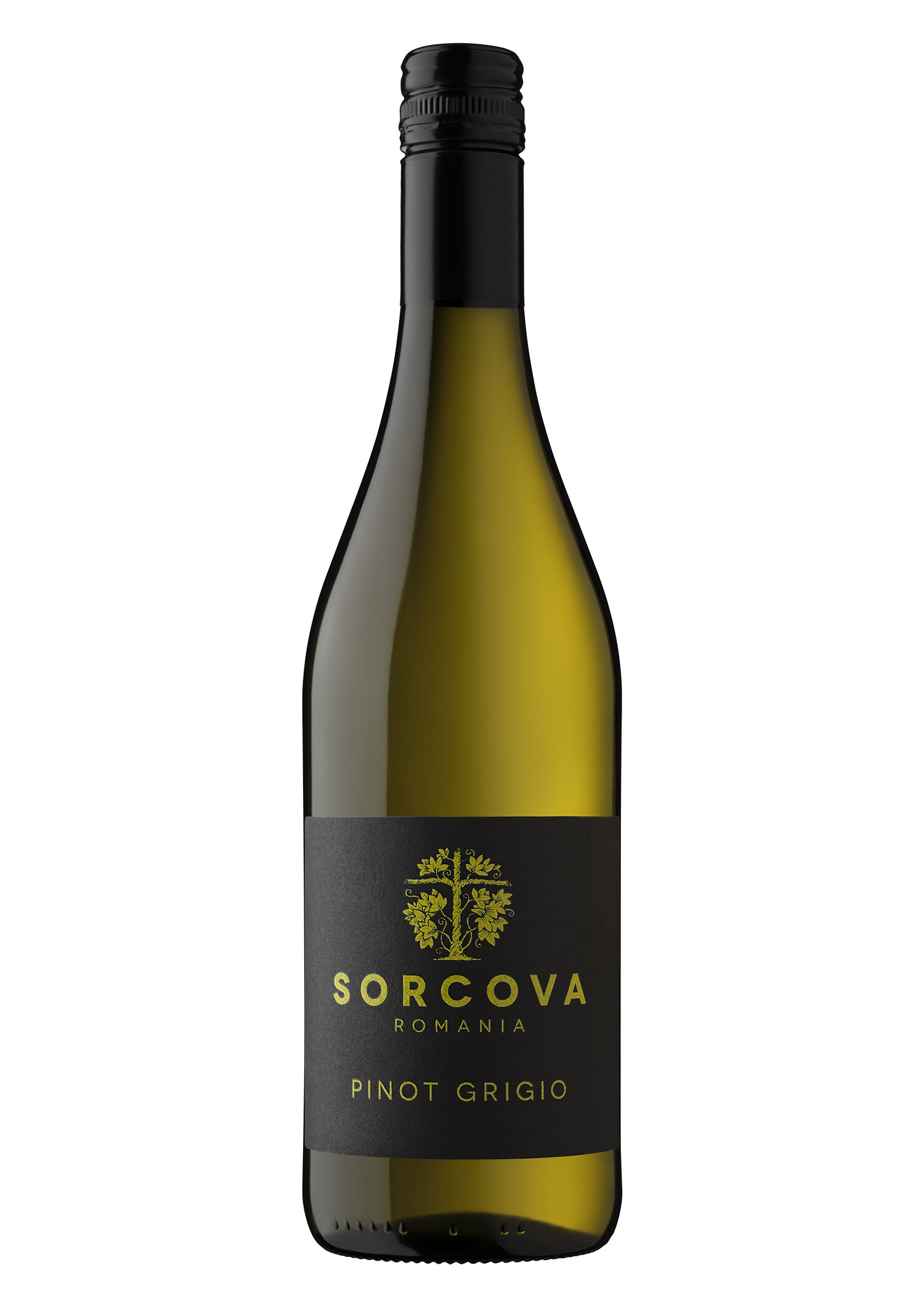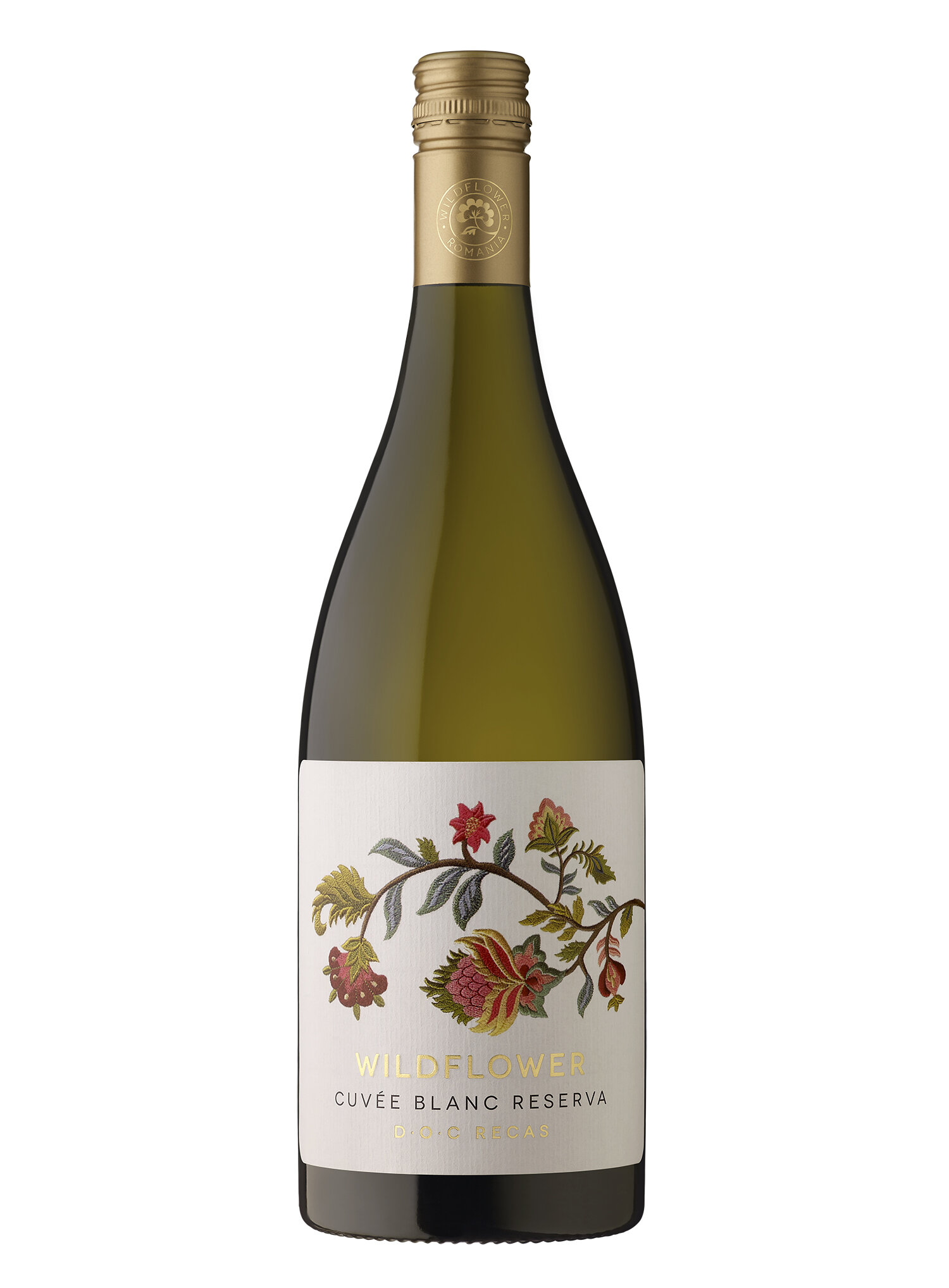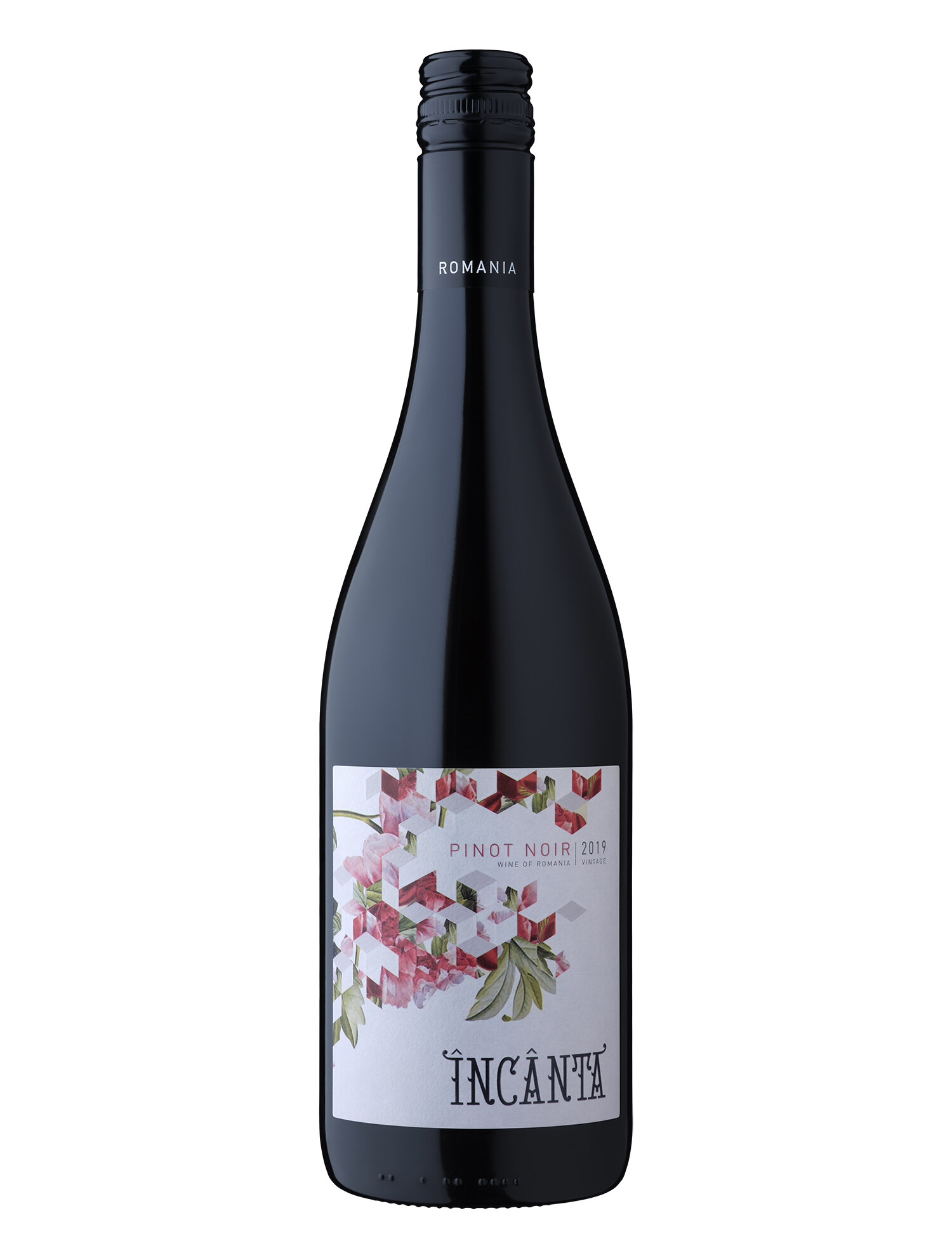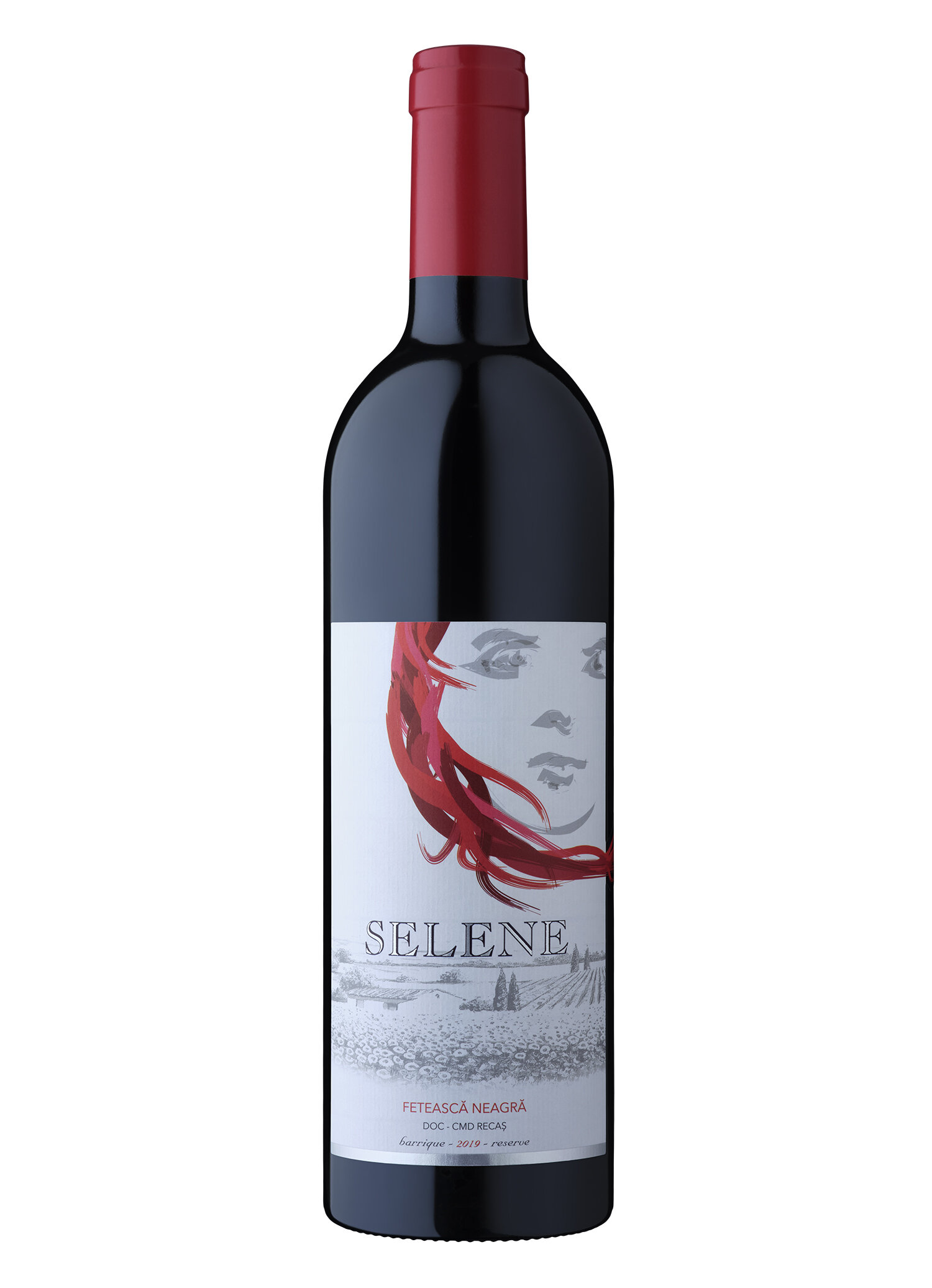Cramele Recas: Why you should be drinking Romanian wine
What are your thoughts on Romanian wine? Have you ever tried Romanian wine? I hadn’t and, admittedly, I didn’t know too much about it either. Yet, located at 45 degrees latitude, with sunny summers and cold winters, stunning natural landscapes, which comprise of mountain peaks, lush valleys, glacial lakes, rivers, mud volcanoes, salt mines and the shores of the Black Sea, it is actually the perfect place to grow grapevines. In fact, Romania is one of the world’s largest producer of wine and is the fifth biggest producer in Europe, after Italy, France, Spain, and Germany. Who knew?
Philip Cox, founder and commercial director of Cramele Recas, began his British-Romanian wine venture with a rusty, old winery in 1991. After a £50 million investment, Cramele Recas is now the largest premium producer in Romania, with half of the wines being sold in Romania and the other half sold all around the world. Both national and international grapes are cultivated there - you might have heard of Riesling, Aligoté, Sauvignon, Muscat, Pinot Gris, Chardonnay, Merlot, Cabernet Sauvignon and Pinot Noir? They are all grown in Romania, as well as local grape varieties, such as Fetească Albă, Fetească Regală, Tămâioasă Românească, Grasă de Cotnari and Galbenă de Odobești.
Different varieties appeal to different countries: the Pinot Noir is very popular in the UK, whereas they can’t shift bottles of the same in Romania. Romania prefer their own grape varieties and the trend at the moment leans towards light and delicate wines, like those made from Fetească Regală. Customers in Japan like the orange wine, as it goes very well with their cuisine, Germany likes the Cabernet and the Chardonnay is popular in the USA.
Land is cheap in Romania and the grapes grow well, so Cramele Recas are able to tailor-make wines for each market. This isn’t to say that the wine is cheap and mass-produced; winemaking in Romania as a whole is getting better and better, especially as the vineyards grow older. There are single vineyard wines in the Cramele Recas range and high-end blends where the grapes are managed by only picking the best parcels. They pride themselves on their low-intervention winemaking have have been making natural wines for around four years (and are considering certifying them as such). Romania is a blank slate in the wine world - it isn’t held back by tradition and the opportunities are limitless.
Romanian wine is received with different reactions around the world and, whereas it has a premium reputation in Hungary, for example, it still can be a difficult task to get it onto the supermarket shelves in the UK. More experienced wine buyers are open to Romanian wine because it offers such great value for money and the quality is there, but junior wine buyers with KPIs to meet can be less confident to put it in front of customers. However, after recent world events, such as the pandemic and the effects on wine prices after Brexit, perhaps better value wine will be higher on the agenda for wine buyers.
So, after tasting several wines from Cramele Recas, what are my thoughts on Romanian wine now? First of all, the bottles look great. The labels are cool and appeal to the specific market they are aimed at. Starting with the orange wine, Solara Orange, I really enjoyed the floral, herbal wafts from the first swirl. 42% of the grapes are the aromatic Romanian variety Fetească Albă, and the rest is made up of Chardonnay, Tămâioasă Românească and Sauvignon - all organically grown in the Panciu region and handpicked, then vinified with minimal intervention. It’s a beautifully robust wine, which, to me, tastes of peaches, bread and tangy, bitter marmalade, with a long, persistent finish.
Lighter on the palate are the two that follow: Sorcova Pinot Grigio and Wine Atlas Fetească Regală. The Fetească Regală is off-dry and easy-drinking - a pretty, summery wine with ripe exotic fruit flavours - but the Sorcova Pinot Grigio is the real surprise. Much more aromatic than a lot of Pinot Grigio out there, it has a distinctive fruity character (lime, yellow apple and honeydew melon) and a racy acidity. This wine will be launched in Waitrose on 22nd June, priced at £7.79. What a bargain.
Moving up the scale, the Wildflower Cuvée Blanc is impressive as it is delicious. 65% Chardonnay, 20% Fetească Regală, 10% Sauvignon Blanc and 5% Muscat, it’s aromatic, creamy, ripe, juicy, textural - it really is gorgeous. Peaches, cream and vanilla pod.
I begin a two-bottle tour of the reds, starting with Incanta Pinot Noir. It’s a concentrated Pinot Noir with notes of black cherry, cranberry and spice, coming from the touch of French oak. It’s juicy and drinkable, with a nice, but not intrusive, length on the finish. In contrast, the Selene is a powerhouse. Really showcasing what Romania can produce with its own grapes, this robust, intense red is made with 100% Feteasca Neagra grapes, which have been handpicked from 20 year old vines in carefully selected micro parcels. It’s been through natural malolactic, stored in French oak barrique and then bottled unfiltered. If you love your big, spicy Cabernet Sauvignons or Malbecs, give this wine a go. Black fruits, robust tannins with black pepper and a hint of leather on the finish. It’s really, really good.
If you haven’t tried Cramele Recas wines yet, they are well worth a go. Offering a level of quality and finesse that is, frankly, a very welcome surprise and value for money that you can’t argue with - you’ve got nothing to lose and everything to gain.

